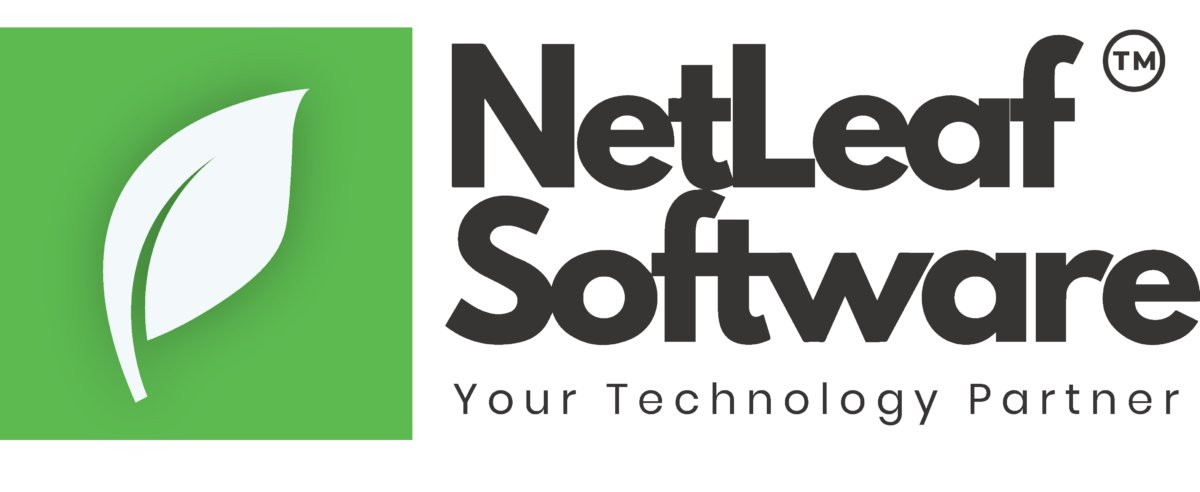You’re looking over your website traffic metrics, and you notice that quite a few people have started to make purchases, only to leave before completing them. Others haven’t even made it that far. What can you do to bring these people back to your site?
The answer lies in remarketing, a marketing strategy that involves targeting people who have already engaged with your business online. It’s a highly effective means of driving up your conversion rate, and one you can’t afford not to use.
But remarketing is more than just one marketing tactic. You can remarket to online users through several different means, and we’re going to cover six of those methods below.
Remarketing isn’t a single tactic. There are numerous ways you can retarget users online, and it pays to know more than one of them.
Fortunately, we’re here to bring you up to speed on the different types of retargeting you can apply to your campaigns. Here are six fantastic remarketing types to use!
1. Display remarketing
Display remarketing is perhaps the most common remarketing type. It involves using paid advertising — specifically display ads, or ads that appear in the margins of third-party websites — to reach users who have visited your site.
You can use different platforms to run display remarketing campaigns, with Google Ads being one of the best platforms. All these platforms operate in the same basic way. They track traffic to your website using cookies, and then target users who visit your site with ads for your products.
Display ads appear on websites that are connected to the ad network you’re using. For example, if you use Google Ads, your ads will appear to users when they visit sites that are part of the Google Display Network.
2. Search remarketing
Another common type of retargeting is search remarketing. Search remarketing functions very similarly to display remarketing, but instead of using display ads, it uses paid advertising on search engine results pages (SERPs).
In Google Ads, this feature is known as remarketing lists for search ads (RLSA). Like display remarketing, it operates by tracking traffic to specific pages on your site. But instead of advertising to users on third-party websites, it targets them through their Google searches.
These paid search ads appear similar to organic results, but with an “Ad” label in the top corner. They typically show up above the organic rankings, making them highly effective at drawing clicks.
3. Dynamic remarketing
Dynamic remarketing deviates from the previous two types in that it isn’t unique because of its format, but because of its content. Dynamic remarketing ads can take a variety of forms, but the thing that defines them is that they appear different to each user.
Dynamic ads target people based on a certain action they took on your site, usually related to a specific product or service. If someone visits your site and views a pressure cooker you’re selling, they might later encounter an ad with that exact product.
Dynamic remarketing is an incredibly effective retargeting type because it’s personalized for each individual user. Where someone may not respond to a general ad for your business, they might be much more receptive to an ad for the exact product or service of interest.
4. Video remarketing
Video remarketing is an incredibly simple concept — it’s simply remarketing that takes the form of video content. YouTube is typically the easiest outlet for this type of retargeting. In Google Ads, you can set up your video ads the same way you set up search or display ads.
On YouTube, your ads will typically play before or during other videos that people watch. It’s a good idea to keep these ads short so users don’t grow irritated with it or simply click “Skip Ad.”
As users browse YouTube for other videos, they can encounter your ads and be reminded of their interest in your products or services.
5. Email remarketing
Email is a fantastic means of remarketing to people that doesn’t involve paid advertising. With email marketing, you can send promotions and reminder emails to prospects who subscribe to your list.
To start building out an email list, you can set up short forms on your site that encourage people to submit their email addresses in return for something like a newsletter or special discounts. Then you can start sending the promised material to everyone on your list.
You can also send emails to people who have abandoned their carts on your site, encouraging them to complete their purchase. And for those who have already fully converted, you can recommend additional products they might like.
Email is an excellent remarketing type for personalization. You can use email management platforms to send out mass emails that address each user by their individual name.
6. Social media remarketing
A final retargeting type you can try is social media remarketing, which — as you might guess — involves advertising to people on social media.
Social media remarketing ads are typically in-feed ads — that is, they appear in users’ social media feeds. You can target people based on different criteria. For one, you can take the same approach as other types on this list, targeting people who have visited certain pages on your site.
But you can also target people based on how they engage with your social media. For example, on Facebook, you can target people who have visited your page or saved one of your posts.

